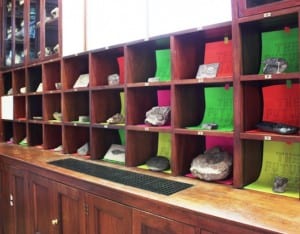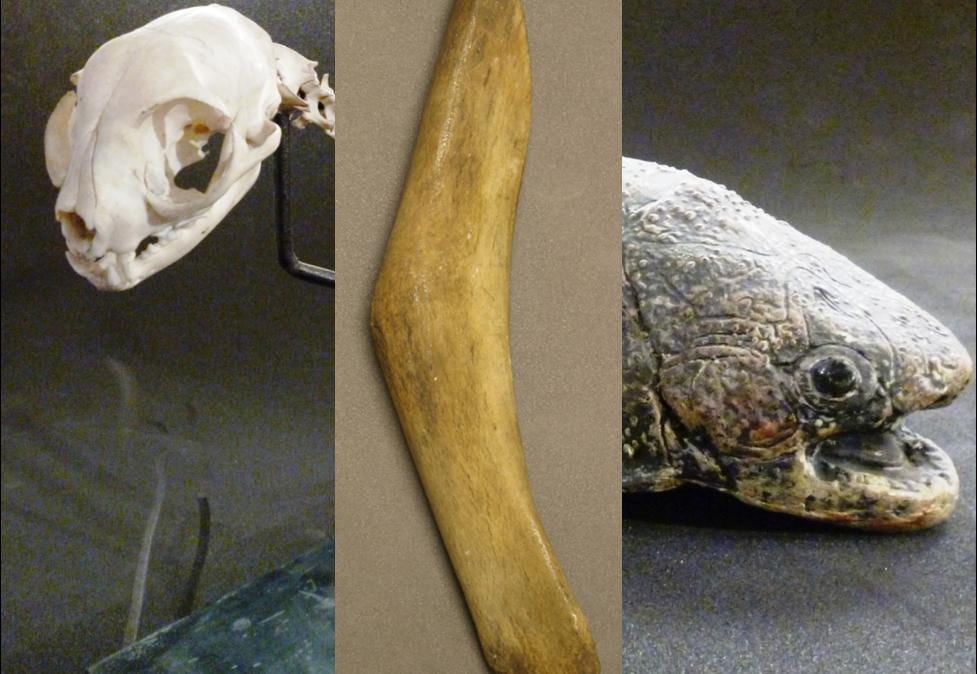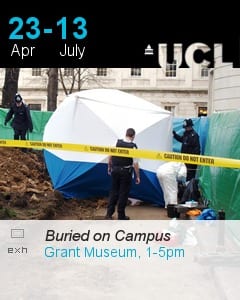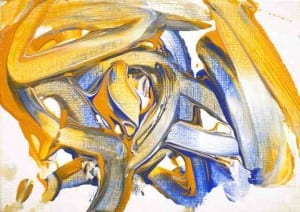Heck that’s cool
By Emma-Louise Nicholls, on 13 February 2013
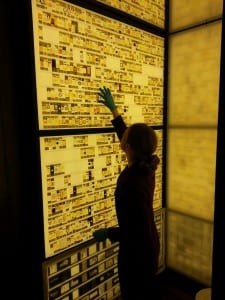 Whilst you and I both work as hard as an ant running uphill carrying a dead fly three times its size at our jobs all day every day (right?), sometimes you can’t help but feel a little less Gandalf the Grey and a little more Freena the elf (remember him? Exactly.), than you may otherwise desire.
Whilst you and I both work as hard as an ant running uphill carrying a dead fly three times its size at our jobs all day every day (right?), sometimes you can’t help but feel a little less Gandalf the Grey and a little more Freena the elf (remember him? Exactly.), than you may otherwise desire.
I get a lot of satisfaction out of a day at work, partly because I am easily amused by… myself, and partly because my job rocks. Not every day of course, some days I want to dart people with porcupine quills from the balcony, but that’s very rare (have no fear). However, more often than not I look at a project or piece of work, or reflect on a school visit, and I think “Yeah, that was super, I’m really pleased”. Getting nice feedback on my Specimen of the Week blog is one of my favourites for example (*cough*hint*cough*). One such moment of self admiration came due to a new project called the Micrarium.
Don’t overestimate my involvement in this project, I have merely spent several (thousand) hours pouring my liquified eyeballs over billions of microscope slides, selecting the sexiest ones and accessioning more thin sections than I have had individual days in my 31 years of life. I did not conceive the idea nor design, sadly did not carry out the building work (I like DIY), thankfully did not insert every slide into the nails-on-a-blackboard-infuriatingly-fiddly grooves on the walls, nor (even more thankfully) did I gain as many grey hairs as the curator. I did however, upon first looking at the completed Micrarium, like an actor seeing a completed film they’d spent months working on in disarticulated portions for the first time, subconsciously breathe aloud “Heck that’s cool.”
 Close
Close


 Here at the Grant Museum we’re not afraid to try something big or something new. This time we’re doing just that with something small and something old, with a topic which has traditionally been problematic for natural history museums.
Here at the Grant Museum we’re not afraid to try something big or something new. This time we’re doing just that with something small and something old, with a topic which has traditionally been problematic for natural history museums.

